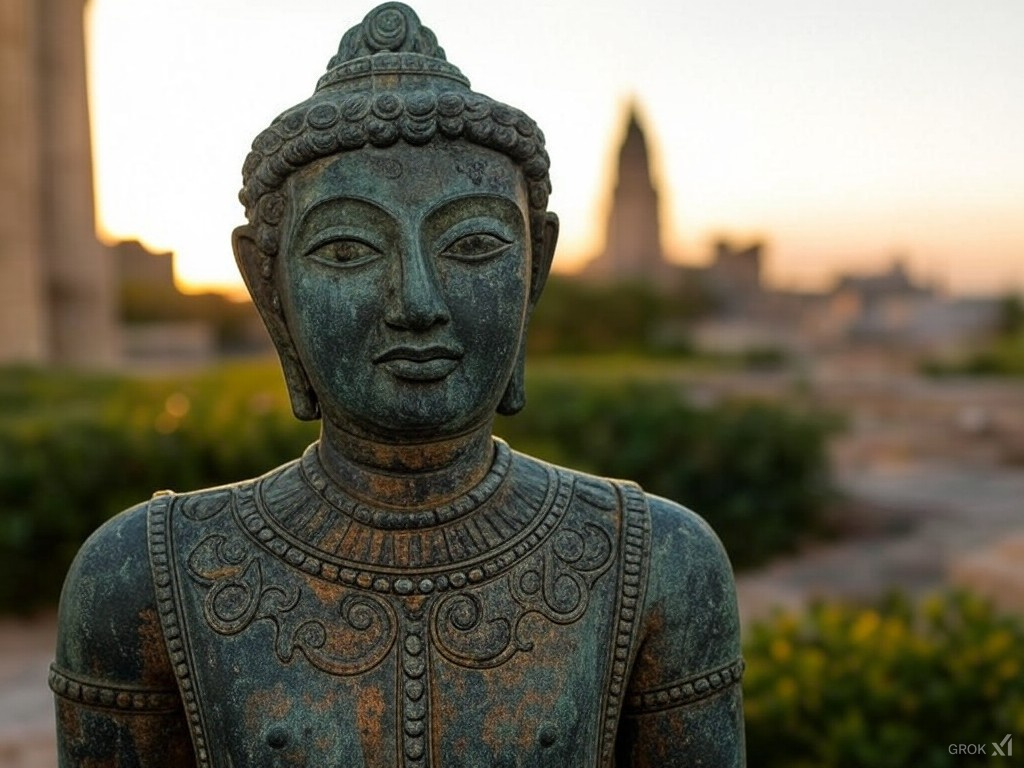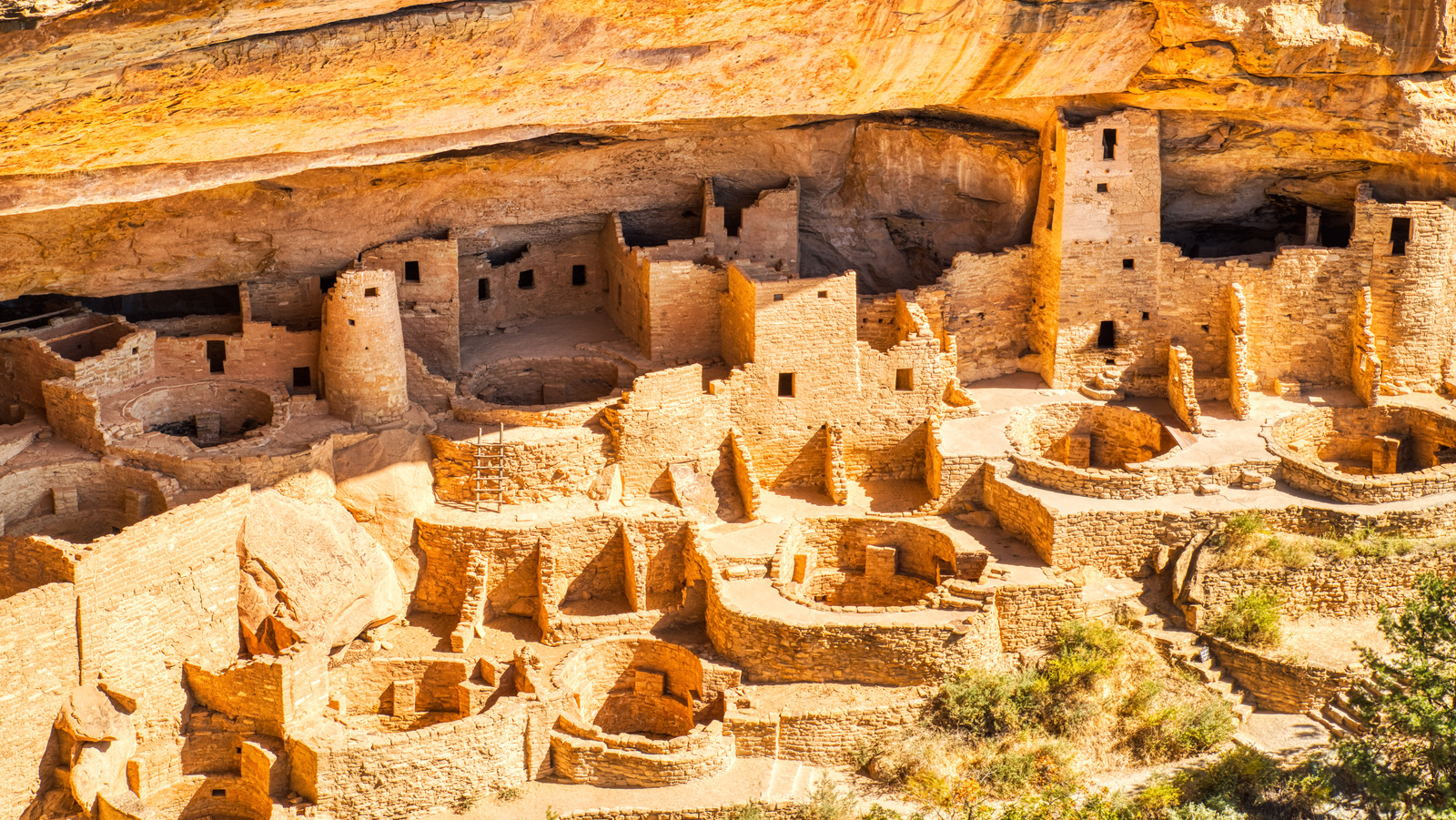The advent of bronze marked a transformative period in human history, known as the Bronze Age, which spanned from around 3300 to 1200 BCE. This era saw the development of one of the most significant technological advancements: the creation of bronze, an alloy of copper and tin. The introduction of bronze revolutionized tools, weaponry, trade, and warfare, profoundly impacting ancient civilizations and laying the groundwork for future innovations.
The Discovery and Production of Bronze
Bronze is an alloy typically composed of 90% copper and 10% tin, although the proportions could vary. The process of creating bronze involves smelting copper and tin ores and then combining them at high temperatures. This innovation likely emerged independently in different regions, including Mesopotamia, the Indus Valley, and China.
Early Metallurgy
Copper Age: Before the widespread use of bronze, humans utilized copper for tools and ornaments. However, copper is relatively soft and less durable, limiting its effectiveness for heavy-duty tasks.
Alloying Process: The discovery that adding tin to copper produced a harder, more durable material was a game-changer. Bronze tools and weapons were sharper, more resistant to wear, and could be cast into more complex shapes.
Impact on Tools and Weaponry
The introduction of bronze had a profound impact on various aspects of daily life, particularly in the realms of agriculture, craftsmanship, and warfare.
Agricultural Tools
Plows and Sickles: Bronze plows and sickles allowed for more efficient farming, leading to increased agricultural productivity. This surplus supported larger populations and the growth of settlements.
Axes and Adzes: Bronze axes and adzes were used for clearing land, building structures, and crafting wooden tools and furniture. Their durability made them indispensable for construction and woodworking.
Weaponry
Swords and Spears: Bronze swords, spears, and daggers were superior to their stone and copper counterparts. They were sharper, more durable, and could be produced in larger quantities, giving armies a significant advantage in combat.
Armor and Shields: Bronze was also used to create armor and shields, providing better protection for warriors. This advancement in military technology changed the dynamics of warfare, leading to more organized and strategic battles.
Revolutionizing Trade and Warfare
The demand for bronze drove significant changes in trade networks and military strategies, influencing the development of ancient civilizations.
Trade Networks
Resource Acquisition: The production of bronze required access to both copper and tin, which were not always found in the same locations. This necessity led to the establishment of extensive trade networks. For example, tin from Cornwall in Britain and Afghanistan was traded over long distances to meet the needs of bronze production in the Mediterranean and Near East.
Economic Impact: The bronze trade fostered economic interdependence among regions. Cities and states that controlled key resources or trade routes amassed wealth and power, leading to the rise of influential civilizations such as Mesopotamia, Egypt, and the Indus Valley.
Warfare and Military Advancements
Armies and Empires: The superiority of bronze weapons and armor contributed to the rise of professional armies and the expansion of empires. Civilizations with access to bronze could field more effective military forces, enabling them to conquer and control larger territories.
Fortifications: The need to protect valuable bronze resources and production centers led to the construction of fortified cities and defensive structures. These fortifications were often built using advanced engineering techniques, reflecting the strategic importance of bronze.
Archaeological Evidence
Archaeological discoveries provide valuable insights into the impact of bronze on ancient societies.
Royal Tombs of Ur: The Royal Tombs of Ur in Mesopotamia, dating to around 2600 BCE, contain a wealth of bronze artifacts, including weapons, tools, and ornaments. These findings illustrate the importance of bronze in both practical and ceremonial contexts.
Mycenaean Greece: The Mycenaean civilization (circa 1600–1100 BCE) is renowned for its bronze weaponry, including the famous "Mask of Agamemnon" and intricately decorated swords. These artifacts highlight the role of bronze in Mycenaean military prowess and artistic expression.
Shang Dynasty China: The Shang Dynasty (circa 1600–1046 BCE) in China produced elaborate bronze vessels used in rituals and ceremonies. These vessels, often inscribed with intricate designs and inscriptions, demonstrate the cultural and religious significance of bronze in ancient China.
The Decline of the Bronze Age
The Bronze Age eventually gave way to the Iron Age, around 1200 BCE, as iron became more widely available and easier to produce. Iron tools and weapons were cheaper and more effective, leading to the decline of bronze's dominance. However, the legacy of bronze continued to influence subsequent civilizations.
Conclusion
The history of bronze is a testament to human ingenuity and the transformative power of technological innovation. The advent of bronze revolutionized tools, weaponry, trade, and warfare, shaping the development of ancient civilizations and laying the foundation for future advancements. The Bronze Age stands as a pivotal period in human history, highlighting the profound impact of material technology on societal progress and cultural evolution. Through archaeological discoveries, we continue to uncover the rich and complex story of bronze and its enduring legacy.







